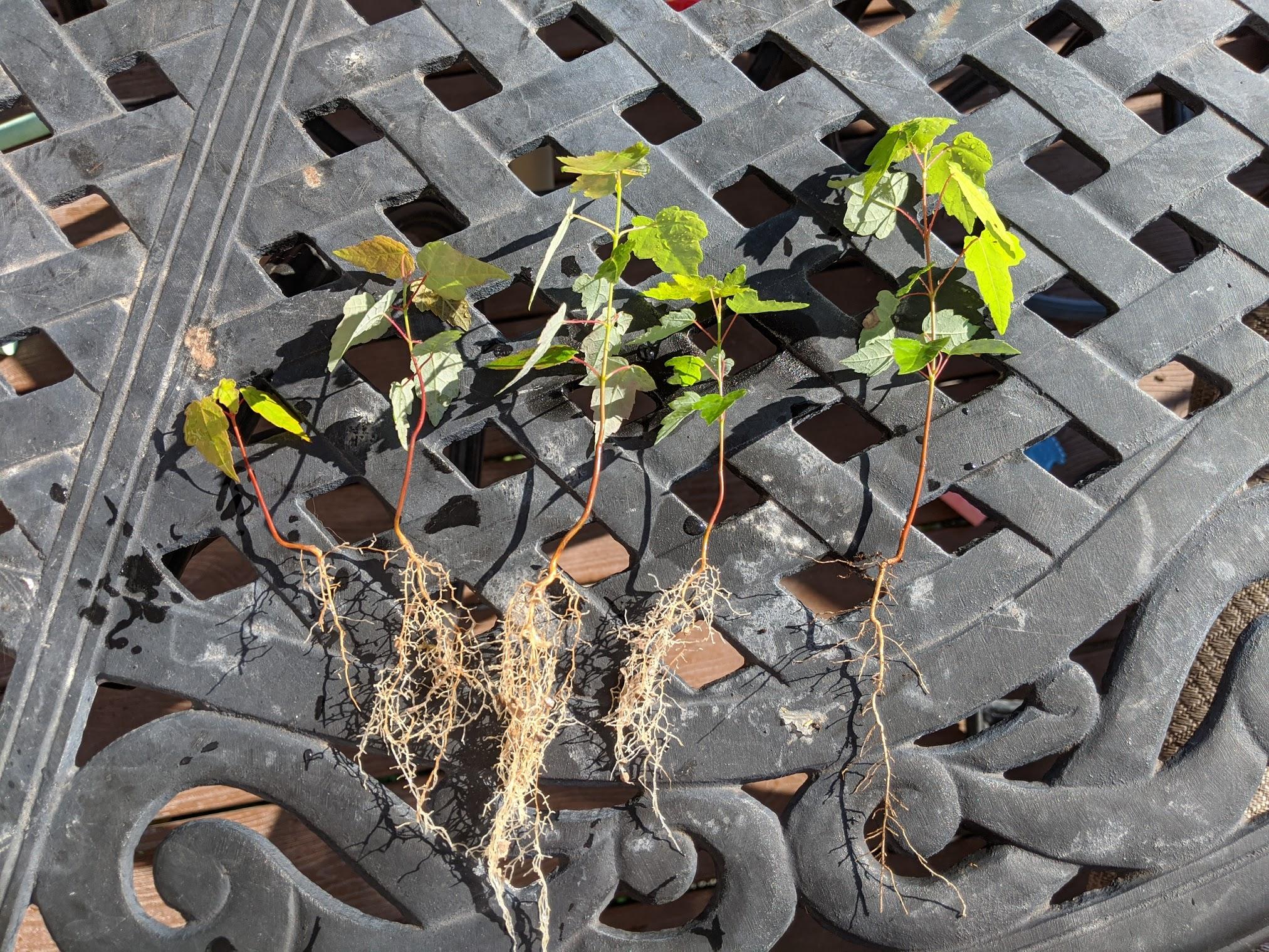Clicio
Masterpiece
Also using Napa8822.
Unsifted with sphagnum moss on top.
That is news for me.
Why is it unsifted? There is a lot of dust inside those bags!
Also using Napa8822.
Unsifted with sphagnum moss on top.
Sheer laziness and a great desire for less cancer later. I sifted for several bags with masks and goggles, then gave up since it was impossible to keep my dogs and toddler out of the area.That is news for me.
Why is it unsifted? There is a lot of dust inside those bags!

Here in the Netherlands, it is considered bad science to wear a mask to stop viral infections that spread through respiratory droplets. So if I use a mask, people think I am crazy or infected or scared or not Dutch. So I used a mask while working with perlite. Not sure what the science says on having glass dust in your lungs, but it must not be good. I also know that sphagnum moss can contain fungal spores that might give you a very bad lung infection. Please use masks when working with dusty stuff. And those are the masks you don't want to use for coronavirus anyway (unless you work in a hospital with patients that are positive) because those dust masks don't filter the air going out, only the air going in.
The Napa thing confuses me. When I google it says it is 'Napa Oil Dry part no. 8822'. Where does that name come from? I can figure out it is diatomaceous earth aka minerals formed from sedimentation of diatoms aka algae with a silica cell wall. But Napa (valley)? Oil but no oil because dry? And what happened to number 1 to 8821?
NAPA 8822 is discussed at length on this threadDE as a substrate! Well, because so many members are using the Napa oil absorbent product, I am going to buy some to see what it is really like. It is apparently from a mine near Reno NV, and is a fresh water deposit. Now being a low level product, it is probably not very pure. There are not many sources of DE in the US. The local source that I am very familiar with has a lot sulfur in the their mined material and requires processing to make it usable for everything from filtering beer to laboratory grade filtering material. The high grades are very expensive because they are calcined, etc. I have not seen any DE that will not go thru a 1/16 screen, so immediately there is a problem. The native vegetation above the local deposit is very much deviant from the surrounding areas. PPD is always required to access the commercial site, so I would assume that one should have on a respirator when opening the Napa product bag. Any suggestions on how to evaluate this substrate are welcome.
Whoa...are you overthinking this... it takes a couple months for the system to settle down after a repot and flourish... ?I dreamt about it last night....my azaleas in the flatish pots weren't happy. I'm going to take them out today and put them in terracotta azalea pots. Going to use a new mix to....50/50 kanuma and bonsai mix.
Don't know how to vote the mix up there.
It's pumice/bark/scoria/zeolite/biochar.
You are correct, regretfully the software only let me list ten ingredients. Spaghnum was #11!@$!!I picked Kanuma, but my mix is about 75% kanuma/25% sphagnum moss. Might be worth adding sphagnum as an option?
LoL, I overthink most things...but in this case, it was the right thing to do. They are much better off in the deeper pots. They won't miss a beat.Whoa...are you overthinking this... it takes a couple months for the system to settle down after a repot and flourish... ?
Best DSD sends
I agree on a deeper pot for azaleas. Shallow pots for these trees are for show. My books from Japan show the azaleas in deeper pots when on site at the nurseries.I think that if you are getting better results in a deep pot, it is because it is most similar to growing in the ground where the moisture content is somewhat constant. The reality is that the roots will not reach the bottom of the deep containers. l just repotted an azalea after 3 years, which was way overdue, and as usual all the dense roots were in a form of a toroid at about mid level in the root ball. I am working on a new strategy to encourage deeper rooting and it will involve putting the organics deep as opposed to the classic strategy of large inorganic particles on the bottom. Maruyama's practice of using plastic peanuts in the bottom of the containers is starting to make sense if the root ball will never really fill the container.
It makes a lot of sense to me. Seems what is very important to, is the size of the deeper pot....the smallest one that will fit the ball. Just enough to be filled within a year or two.I agree on a deeper pot for azaleas. Shallow pots for these trees are for show. My books from Japan show the azaleas in deeper pots when on site at the nurseries.
